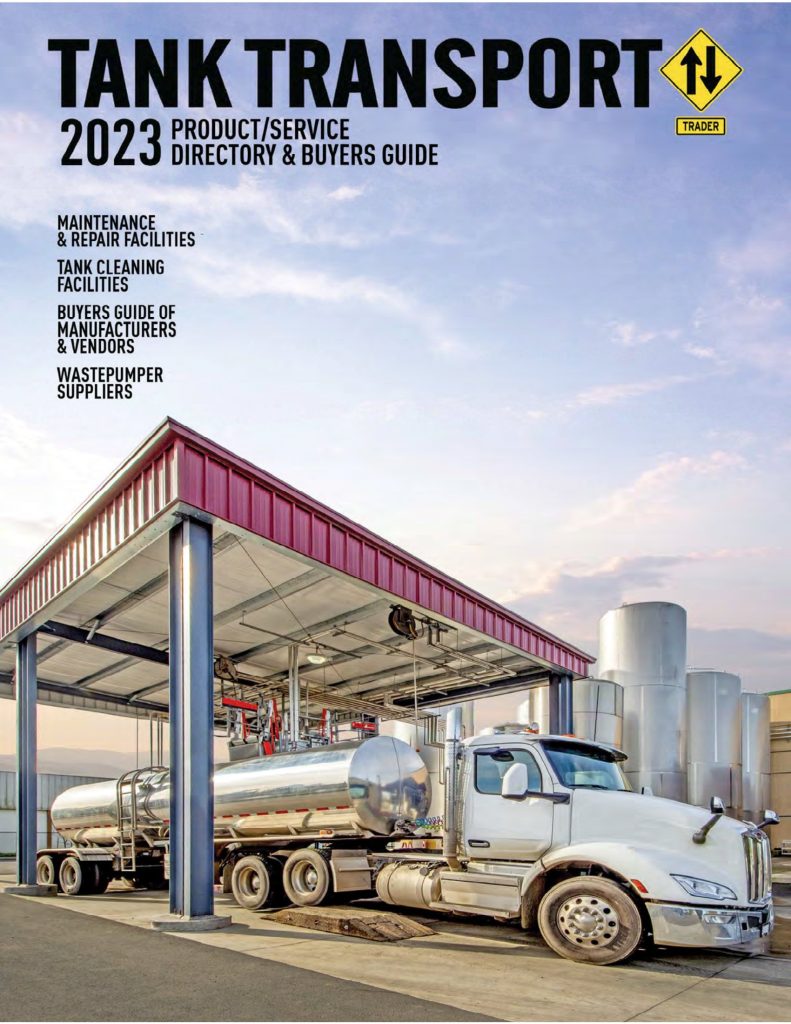Trucking, the backbone of American commerce, is in a tough spot.
There might be a future, a very long time from now, when long-haul drivers are replaced by fully self-driving vehicles. But today, trucking has the opposite problem. It’s looking at a significant shortage of drivers – 48,000 open positions in an industry of 800,000 — and trying to figure out how it will fill that hole.
Is trucking in crisis or is the pendulum about to swing the other way?

A long-haul driver without much experience has years ahead of him (it’s almost always a him) without much control over his schedule. He might be on the road for days or weeks at a time, with designated places he is allowed to refuel and restrictions on the routes he can take. He’ll get paid decently for a guy without a college degree, but not great, probably somewhere between $35,000 and $40,000 a year, maybe a little more.
His pay could go up to $55,000 or $60,000 if he makes it in the industry. But he’ll have to keep driving — through rain and snow and sleet — for a few years before that happens.
Pay in the industry tracks pretty closely with inflation. The fact that pay has grown below inflation for the last few years — meaning truck drivers are seeing pay cuts in terms of what they can buy, if not in their salary itself — is a fairly easy explanation for why there’s a shortage of drivers today.
Enjoying our insights?
Subscribe to our newsletter to keep up with the latest industry trends and developments.
Stay InformedBut things may be changing. Since late 2013, long-haul truckers’ average pay has increased 17 percent, according to National Transportation Institute numbers reported by the Wall Street Journal. By contrast, wages in the U.S. overall “rose by less than 4 percent over the same period,” according to WSJ.
 Higher Truck Driver Pay & Turnover
Higher Truck Driver Pay & Turnover
Higher pay will likely plug the industry’s driver shortage, for now. But turnover may continue to be a problem. It’s hard to be a hiring manager at a trucking business.
The long-haul industry is what an economist would call nearly perfectly competitive. It’s fairly easy to start a company — you just need a truck and a driver — so any move that a company makes that doesn’t fit with market conditions means that that company’s business can quickly and easily go elsewhere.
Traditionally, driver turnover in the industry is very high, and in recent years has been between 90 percent and 100 percent, if not higher. That means for nearly every new recruit who gets his commercial driver’s license, someone else quits.
In addition, it’s illegal for people under 21 to drive a truck commercially across state lines. That makes sense: Younger people are worse at driving and tend to make more reckless decisions behind the wheel. But practically, it presents a recruiting problem for the industry. It’s such a problem that the industry is trying to lobby Congress to change the rule and allow 18-year-olds to drive trucks across state lines.
“We miss out on the folks that are coming out of high school who don’t go to the military,” said Costello. “They can’t sit around to wait to turn 21.” Instead, they go out and get different kinds of jobs, and don’t turn to trucking as a potential career until much later. At training centers, companies mostly see guys in their mid-30s, Costello said.
“It’s not clear where the new truck drivers are coming from as baby boomers age out,” said Stephen Burks, an economist who studies the trucking industry at the University of Minnesota Morris.
70% of Long Hauls are on Contract Basis
About 70 percent of long-haul trucking is done on a contract basis, according to Burks. The contracts can last a year or longer, meaning companies agree to a set price for trucking for long periods, during which time plenty of things can change in the economy. This means that trucking companies can have trouble reacting to economic forces quickly because their prices are set so far in advance. That can lead to driver shortages in the short term.
An upcoming paper that Burks will publish with Kristen Monaco at the Bureau of Labor Statistics finds that
“while the business problem facing long-haul firm managers gets more difficult to solve when freight demand increases, over time wages rise and the turnover rate comes back down.”
Trucking’s current shortage might end up being a lag in the market, rather than a true scarcity of available drivers — although a company trying to figure out how to get more drivers on the road may not care about the distinction. But, Burks said, that’s the nature of the industry.
“It’s not like you could choose a different business model,” he said.
In other words, trucking is tough but the challenges are predictable. When pay rises, driver shortages disappear. Eventually, though, pay stagnates and the cycle starts up again.
(this article was first published in Huffington Post)





















